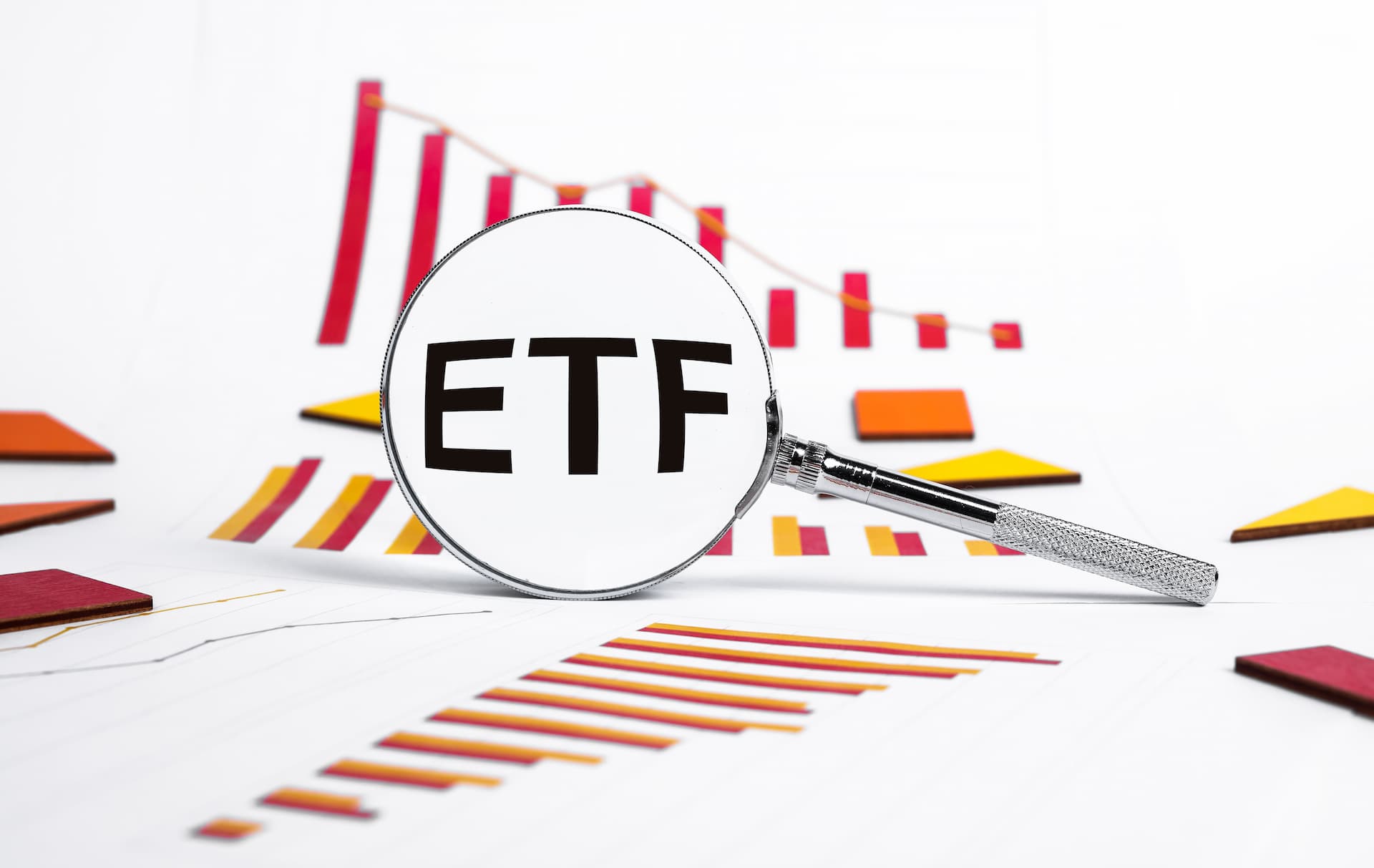What is Market Volatility? Understanding Volatile Financial Markets
Market volatility refers to the rapid and unpredictable changes in the prices of financial instruments traded in the market. It is a measure of the degree of variation in asset prices within a specific timeframe.

Market volatility represents the degree of variation in the price of financial assets over time. Learn how key economic factors like inflation, GDP, and central bank policies drive market volatility and impact investor decisions.This comprehensive guide explores the key factors contributing to market volatility, including economic conditions, geopolitical events, and market-specific issues.
Economic Factors
1. Economic Data Releases
Economic factors, including central bank policies and employment data, are key drivers of market volatility, shaping both risks and opportunities for investors. These reports provide insights into the health of the economy and influence investor sentiment. Key economic data releases include:
-
Employment Reports: These reports, such as the Non-Farm Payrolls (NFP) in the U.S., provide data on job creation and unemployment rates. Strong job growth can signal economic strength and lead to higher consumer spending, potentially boosting market indices. Conversely, weak employment figures might raise concerns about economic slowdown and result in market declines. For more on how employment data impacts markets, visit the Trading Basics page.
-
Inflation Data: Inflation indicators, such as the Consumer Price Index (CPI) and Producer Price Index (PPI), measure changes in price levels for goods and services. Rising inflation can erode purchasing power and prompt central banks to increase interest rates to control inflation, leading to market volatility. On the other hand, low inflation may lead to concerns about deflation and economic stagnation. Explore the CFD Trading page for more information on inflation's effect on trading.
-
GDP Growth: Gross Domestic Product (GDP) measures the total value of goods and services produced in an economy. High GDP growth can indicate robust economic activity, encouraging investment and potentially driving up asset prices. Conversely, sluggish GDP growth may suggest economic weaknesses and lead to market corrections. Learn more about economic growth impacts on Stocks and Forex.
2. Central Bank Policies
Central banks play a pivotal role in shaping market conditions through their monetary policies. Their actions and announcements can significantly impact market volatility. Key central bank policies include:
-
Interest Rate Changes: Central banks adjust interest rates to influence economic activity. Lower interest rates typically reduce borrowing costs, encouraging investment and consumer spending, which can drive market growth. Conversely, higher interest rates can lead to reduced borrowing and spending, potentially causing market pullbacks. To understand how interest rate changes impact your trades, refer to the Margin and Leverage page.
-
Quantitative Easing (QE): QE involves central banks purchasing assets, such as government bonds, to increase the money supply and stimulate economic activity. While QE can boost asset prices by injecting liquidity into the economy, it may also lead to increased market volatility if investors become concerned about inflation or asset bubbles. Learn more about how QE affects markets on the Trading Tools page.
Geopolitical Events
1. Political Instability
Political events and instability can create uncertainty in financial markets, leading to increased volatility. Key factors include:
-
Elections: National elections can introduce uncertainty regarding future policies, regulatory changes, and economic strategies. Uncertainty about election outcomes can lead to market fluctuations as investors react to potential changes in governance. For insights into how political events impact market stability, visit the Trading Basics page.
-
Political Unrest: Protests, conflicts, and other forms of political unrest can disrupt economic activities and investor confidence. Such instability can lead to market sell-offs or increased volatility as investors seek safer assets or reassess their risk exposure. Monitor global political developments to stay informed about potential impacts on financial markets.
2. International Conflicts
International conflicts, including trade disputes and military tensions, can significantly affect market stability. Consider the following:
-
Trade Wars: Trade disputes between major economies, such as tariff impositions and trade restrictions, can disrupt global supply chains, affect corporate earnings, and lead to market volatility. Trade wars can create uncertainties about future economic conditions and impact investor sentiment. For more on how trade conflicts affect trading, visit the Stocks and Forex pages.
-
Military Conflicts: Military conflicts or geopolitical tensions can create uncertainties about regional and global stability. Investors may react to such risks by adjusting their portfolios, leading to market volatility. Understanding the potential impacts of geopolitical risks can help in managing trading strategies.
Market-Specific Factors
1. Corporate Earnings Reports
Corporate earnings reports are critical drivers of market volatility. Factors influencing market reactions include:
-
Earnings Surprises: When companies report earnings that deviate significantly from analysts' expectations, it can lead to substantial price movements in their stocks. Positive surprises may drive stock prices higher, while negative surprises can lead to declines. To stay informed about earnings reports, refer to the Margin and Leverage page.
-
Guidance Updates: Companies often provide forward-looking guidance regarding future earnings and strategic plans. Updates to guidance can impact investor expectations and stock prices. Changes in guidance can signal potential growth opportunities or risks, affecting market sentiment.
2. Market Sentiment
Market sentiment, driven by investor emotions and perceptions, plays a significant role in market volatility. Key aspects include:
-
Market Trends: Positive or negative market trends can influence investor behavior, leading to fluctuations in asset prices. Bullish trends may encourage buying, while bearish trends can prompt selling, affecting overall market stability. To understand market trends, explore the Trading Tools section.
-
Investor Behavior: Behavioral biases, such as herd mentality or fear of missing out (FOMO), can amplify market movements and contribute to volatility. Investors' reactions to news and events can lead to sharp price changes and increased market volatility.
Conclusion
Market volatility arises from a complex interplay of economic, geopolitical, and market-specific factors. By understanding these causes, traders and investors can better anticipate and manage market fluctuations. Staying informed about economic indicators, geopolitical events, and market trends is crucial for navigating volatile conditions effectively.
TAGS
Latest Education Articles
Show moreTake your trading to the next level.
Join the broker built for global success in just 3 easy steps. A seamless experience built for traders who value speed and simplicity.

Create Your Account

Make Your First deposit




